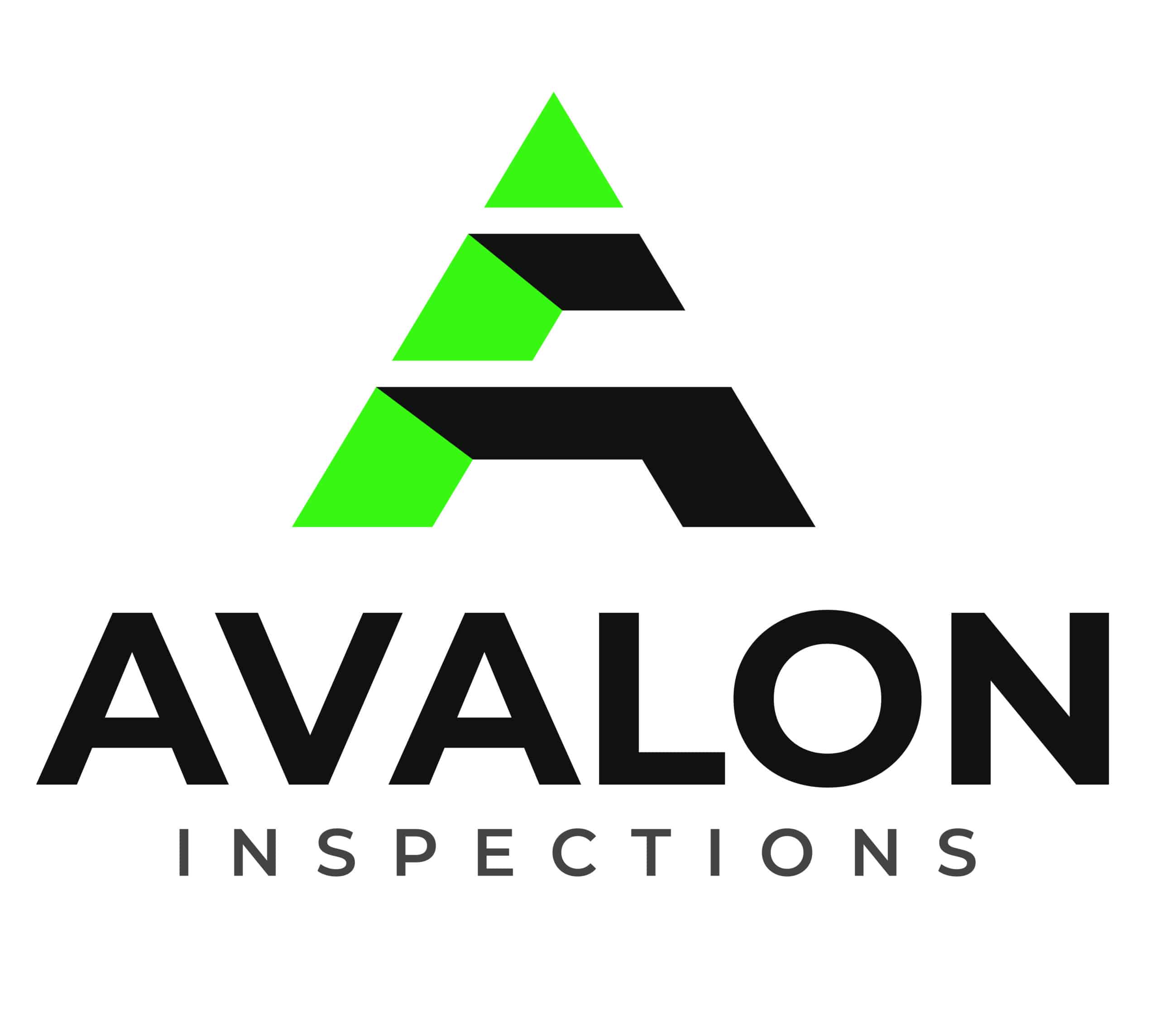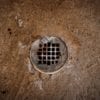
No one likes to think about what’s going on in their sewer lines, but ignoring potential issues can lead to unexpected—and expensive—problems. Imagine being able to see exactly what’s happening inside those pipes without any guesswork. Sewer scope inspections offer a way to get ahead of these headaches, using advanced cameras to give you a clear view of your home’s plumbing.
Curious about how this works? You’re in the right place! Let’s get proactive, keep your sewer system running smoothly, and avoid costly repairs down the line.
About Sewer Scope Inspections
Sewer scope inspections are a modern solution for maintaining your home’s plumbing. In the past, identifying problems within sewer lines often involved a lot of guesswork, sometimes leading to invasive and disruptive methods like digging up parts of your yard to find the issue.
Now, thanks to advancements in technology, this process has become much simpler and more precise. Small, high-resolution cameras are carefully inserted into the sewer line, allowing professionals to get a real-time look at the inside of your pipes.
As the camera moves through the system, it transmits clear footage to a monitor, where a technician can assess the condition of your sewer lines and identify any issues. Here’s what the camera helps to detect:
- Blockages: Caused by debris, buildup, or other obstructions.
- Cracks and Leaks: These can worsen over time, leading to more significant damage.
- Tree Root Intrusions: Roots that infiltrate pipes can cause severe blockages and structural damage.

Why They’re Essential
So, why are sewer scope inspections so important? The primary reason is that they allow you to catch small problems before they escalate into much larger—and more expensive—issues. For instance, a tiny crack in your sewer line might not seem like a big deal at first. However, if left unchecked, it can grow, leading to significant water damage, soil erosion, or even a full-blown sewage backup into your home.
For homeowners with older properties, these inspections are particularly valuable. Plumbing systems in older homes are often made from materials that degrade over time, making them more susceptible to problems like corrosion and root intrusion. Regular inspections can help maintain the integrity of these systems, ensuring they function correctly and safely.
And if you’re in the market for a new home, a sewer scope inspection can offer peace of mind. It ensures you won’t encounter any hidden surprises after you’ve moved in, such as expensive repairs for issues that could have been detected before purchase.
The Process of a Sewer Scope Inspection
It’s a straightforward and non-invasive process designed to minimize disruption while providing maximum insight. Here’s how it typically works:
1) Accessing the Sewer Line: The inspection usually begins with the technician locating an existing cleanout, which provides access to your home’s sewer line without the need for digging.
2) Inserting the Camera: A flexible, waterproof camera is fed into the sewer line. These cameras are designed to navigate the twists and turns of the sewer, capturing detailed footage as it moves.
3) Real-Time Monitoring: As the camera travels through the pipes, the technician watches a live video feed on a monitor. This allows for a thorough examination of the condition of the pipes, identifying any issues such as blockages, cracks, or misaligned sections.
4) Problem Identification: If any problems are detected, the footage is used to assess the severity of the issue and to determine the best course of action for repair. This could involve anything from clearing a blockage to recommending more extensive repairs if significant damage is found.
The entire process typically takes less than an hour and doesn’t disturb your yard or landscaping.
Common Problems
- Tree Roots: One of the most frequent problems is tree roots entering the sewer line through small cracks. Over time, these roots can grow larger, eventually causing significant blockages that can disrupt the flow of wastewater.
- Pipe Misalignment: Pipes can shift over time due to soil movement, temperature changes, or the natural settling of the ground. Misaligned pipes can lead to inefficient flow, increasing the risk of blockages and backups.
- Corrosion or Deterioration: Older pipes, especially those made from materials like cast iron or clay, can corrode or deteriorate over time. This can result in leaks, cracks, or even collapses within the sewer line.
In Atlanta, GA, and many other places, understanding who is responsible for maintaining and repairing sewer lines is tricky but critical.
Generally, homeowners are responsible for the sewer pipes that run from their house to the property line or the city’s main sewer line. This section of the pipe is often called the “lateral” line. If there’s a problem with this part of the sewer line—such as a blockage, tree root intrusion, or pipe misalignment—it’s typically up to the homeowner to arrange for and cover the cost of repairs.
On the other hand, the city or county is responsible for maintaining and repairing the main sewer line that runs under the street. If the problem occurs in this section of the sewer system, it falls under the city or county’s jurisdiction to address it.
If you’re unsure where the problem lies, a sewer scope inspection can help identify whether the issue is within your lateral line or the city’s main line
When Should You Consider a Sewer Camera Inspection?
Wondering when it’s the right time to schedule a sewer scope inspection? Here are a few scenarios where it’s especially beneficial:
- Buying an Older Home: If you’re purchasing a home that’s been around for a while, an inspection can reveal any existing issues with the sewer system.
- Frequent Plumbing Issues: If you’re dealing with regular clogs, slow drains, or unusual odors, it could indicate a problem within your sewer line that needs attention.
- Routine Maintenance: Even if you’re not experiencing any issues, scheduling a sewer scope inspection every few years is a smart preventative measure to ensure everything is running smoothly.
If a sewer scope inspection reveals issues such as significant blockages, misaligned pipes, or corrosion, it’s essential to consult a professional to determine the best course of action. Attempting to address these problems without expert guidance can lead to further damage and more expensive repairs.

Recommended Maintenance
Beyond sewer scope inspections, there are several maintenance steps you can take to keep your sewer system in top condition. Regular drain cleaning can help prevent blockages from building up over time, and it’s also essential to be mindful of what you flush down your drains. Grease, wipes, and other non-degradable materials can quickly cause clogs that lead to more significant problems.
Additionally, keep an eye on any trees growing near your sewer lines—roots can cause serious damage if they penetrate the pipes.
Conclusion
Maintaining a healthy sewer system requires proactive care. Sewer scope inspections use cameras to offer a clear and detailed view of what’s happening inside your pipes, enabling you to catch potential issues early. Addressing these problems before they escalate ensures your plumbing continues to function smoothly, saving you from unexpected disruptions and costly repairs.
Avalon Inspection Services provides expert sewer scope inspections, helping to keep your home’s sewer system in top condition for years to come. To schedule expert services in Atlanta, GA, and surrounding areas, call today.



